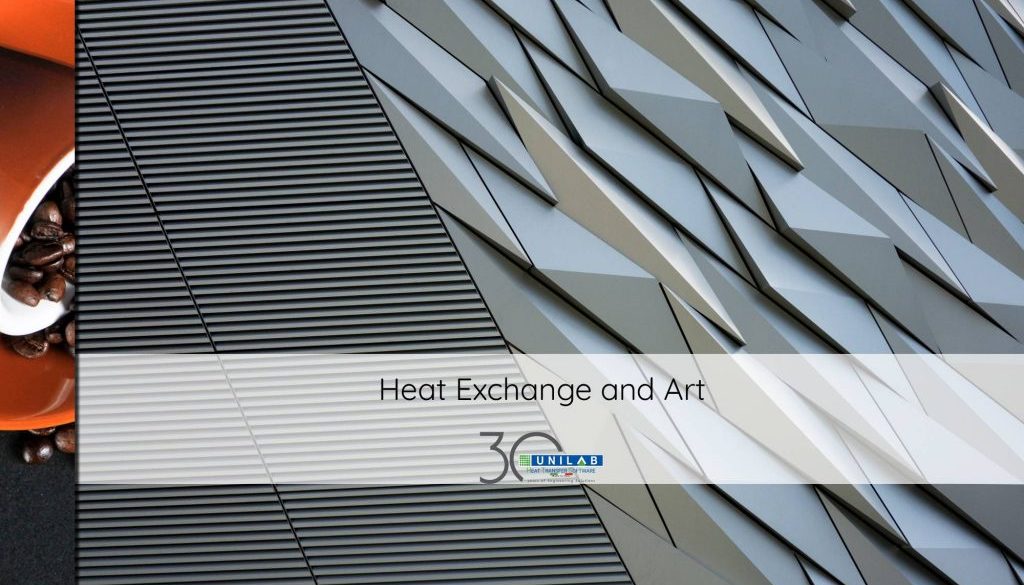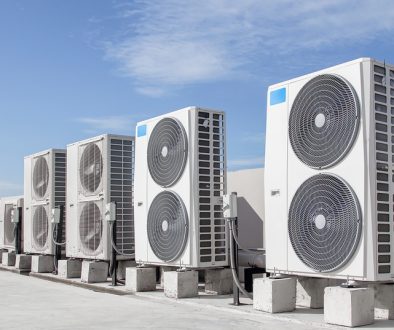Heat Exchange and Art
It is often logical for professionals to think that heat exchange is omnipresent in everyday life. Coils, circuits or fins and tubes are evocative terms for technicians, but definitely unknown words to those who are not part of or do not know the world of heat exchange. However, it should not be surprising to see a heat exchanger as an integral part of a contemporary art installation exhibited in Venice, at the Biennale art exhibition. This is exactly what happened this year at its 57th edition, which saw some heat exchangers, produced by one of the major international players in the market, exhibited together with everyday materials of common use, united in an exhibit to symbolize the natural beauty of the decay of the female body in the various phases of its existence.
It is not clear whether the author of the work (which we do not disclose, in case you want to see it visiting the exhibition) is in fact aware of what the object used as part of the composition actually is, or what is it needed for. It is also not clear whether she used it purely to create a particular effect by juxtaposing an “industrial” object with everyday elements, or whether she did it purely for an aesthetic reason. Nevertheless, it is right to say that in this situation “art is combined with heat exchange”.
It is not uncommon for companies producing heat exchangers to use artists or graphic designers to enhance their products, as is evidenced by more than a few trade fairs or exhibitions in the HVAC world. At the same time, it is not uncommon to see high-tech objects such as heat exchangers combined with the world of art, often without the artists knowing themselves what they are inserting in their work.
To find new combinations between contemporary art and heat exchange, or simply for curiosity, the Biennale 2017 is open to the public from Saturday 13 May to Sunday 26 November 2017, at the Biennale Gardens, the Arsenale and the historic center of Venice.
On the practical side, with our software, Engineers can actually design “state of the art” heat exchangers, and this is not an exaggeration, considering the precision and reliability that our programs offer. To learn more about our solutions and how they can help you design your heat exchangers, or for any information, please contact our sales team at sales@unilab.eu!







